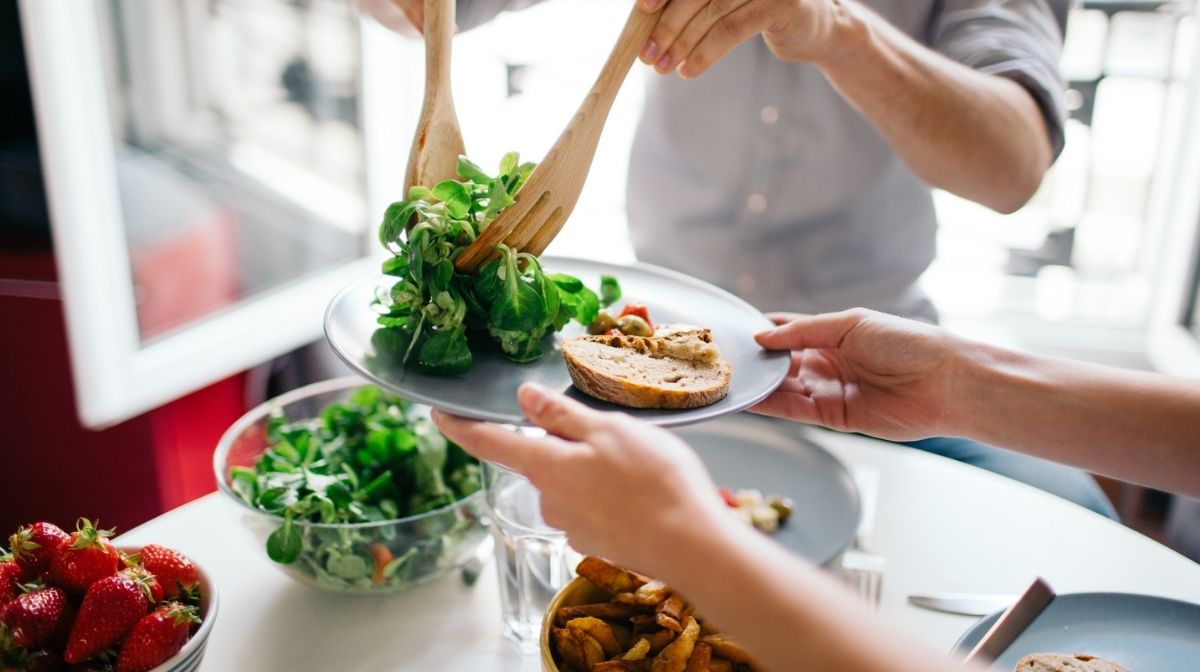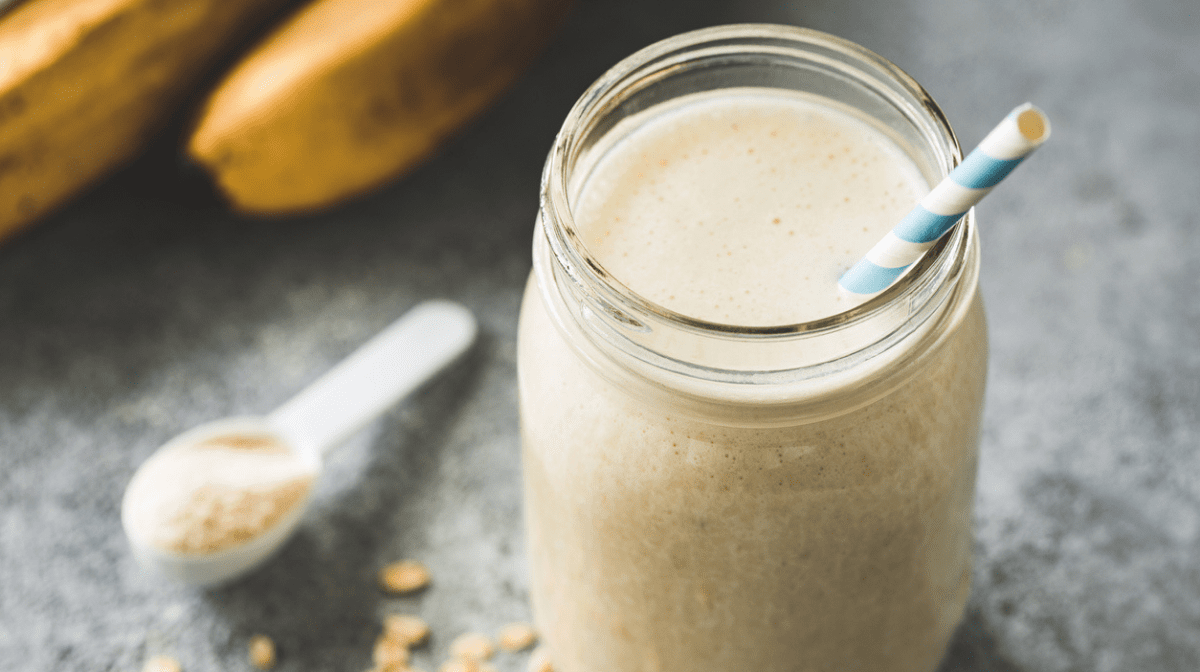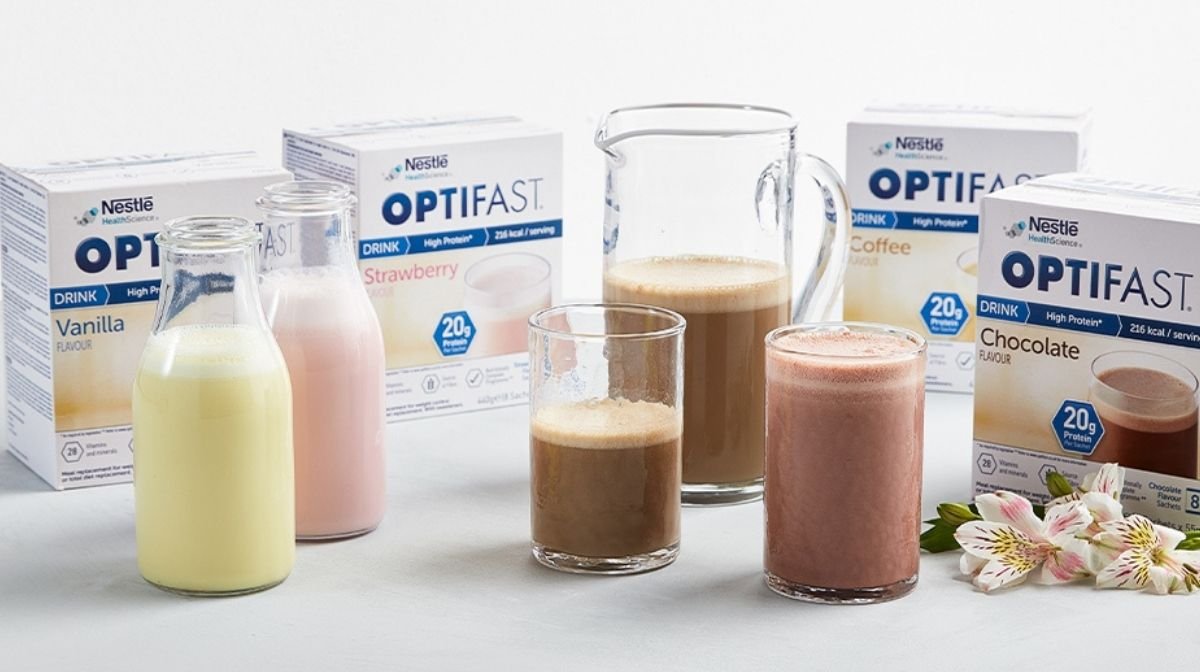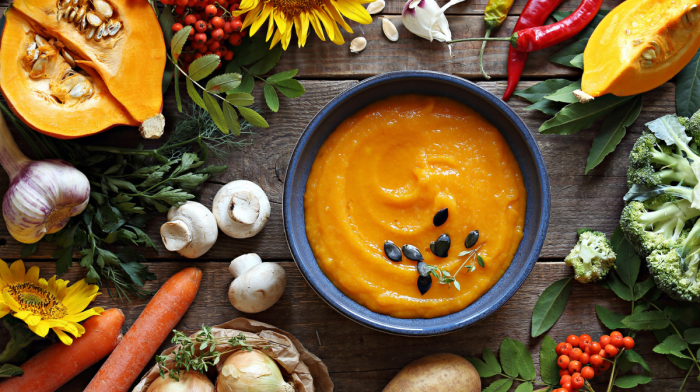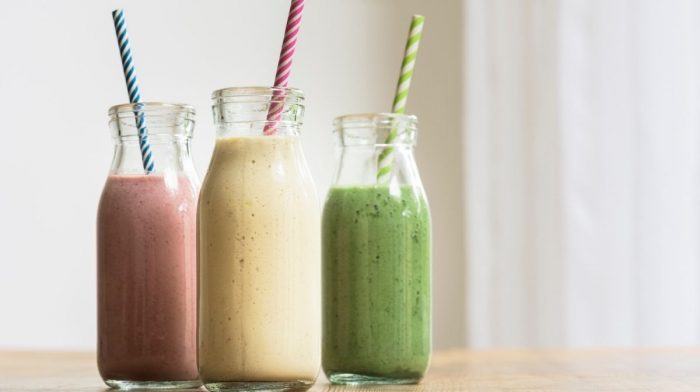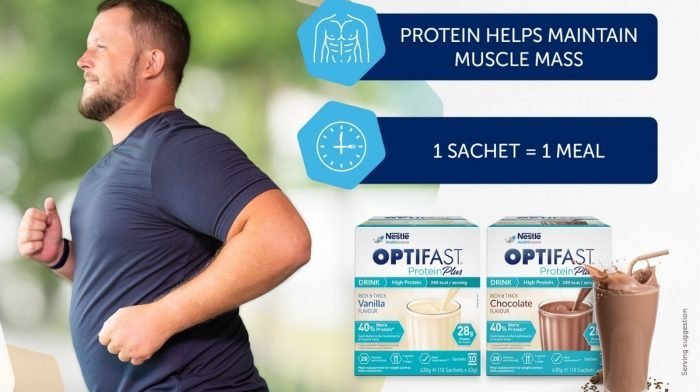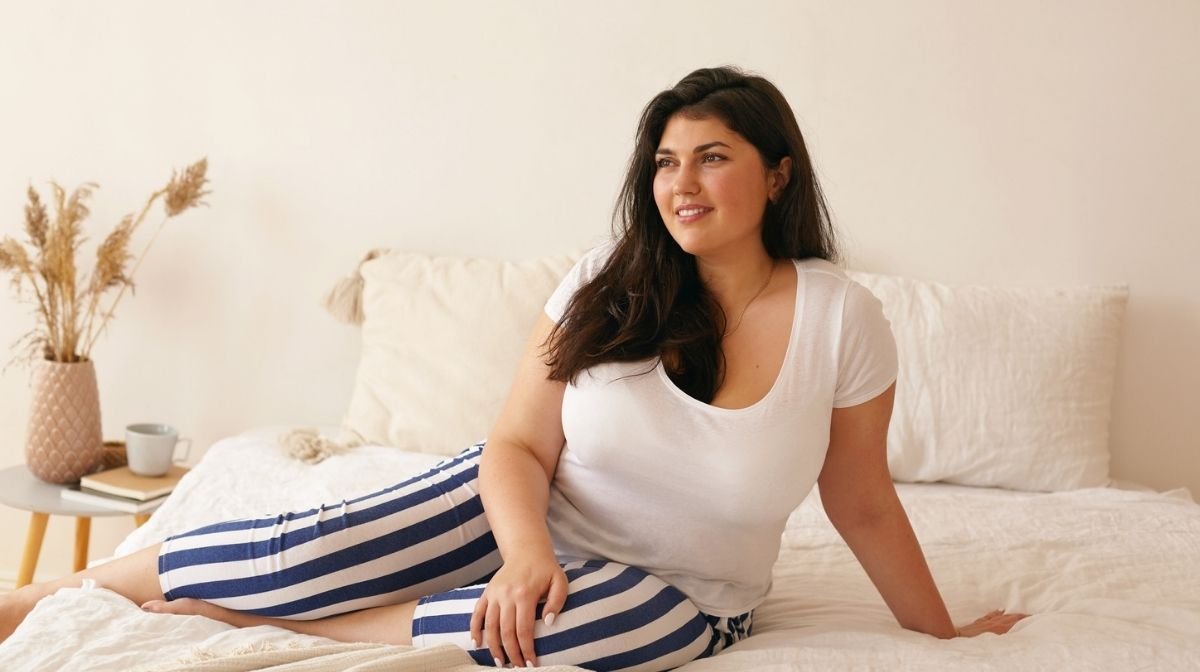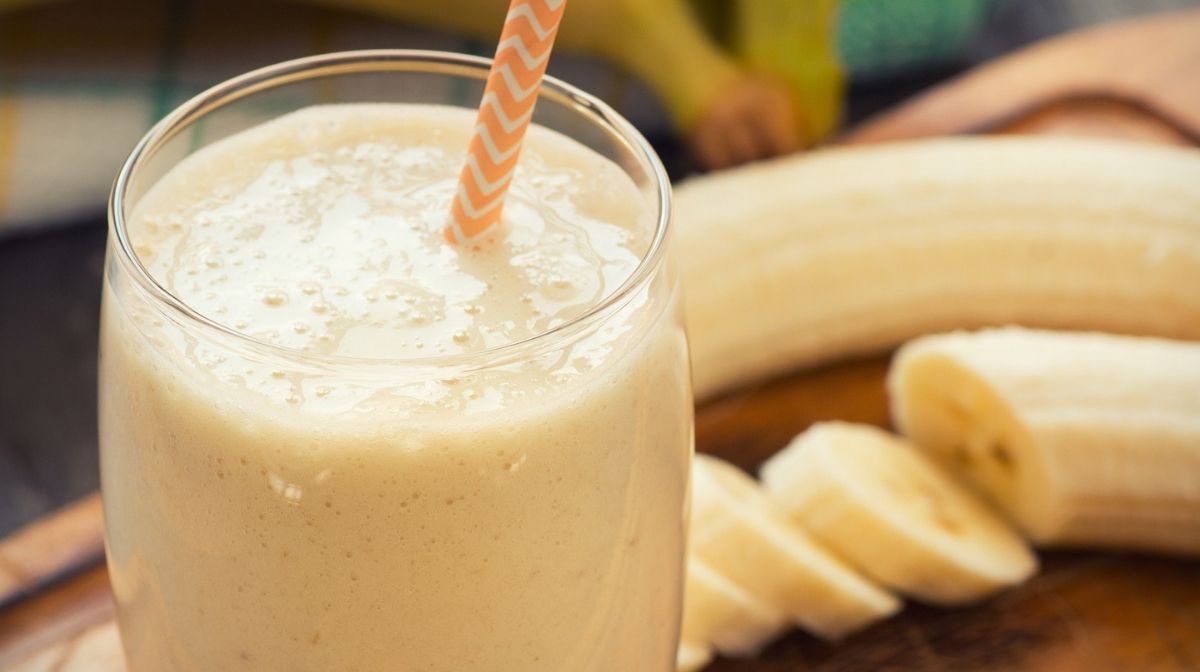Once you’ve hit your weight loss goal, you have the new challenge of maintaining it. Often people hit their goal weight and then start to slowly revert back to their old eating habits. However, this shouldn’t happen if you’ve committed yourself to a whole lifestyle change rather than a quick-fix diet.
Over-eating and increased portion sizes tend to be some of the key drivers of obesity and weight gain, although there are some simple steps you can take, such as measuring and controlling your portion sizes, to help you to maintain your new, healthy weight.
Weigh Your Portions
Towards the beginning of your weight maintenance journey, the most accurate way to measure your portion sizes is to use a scale to weigh your food.
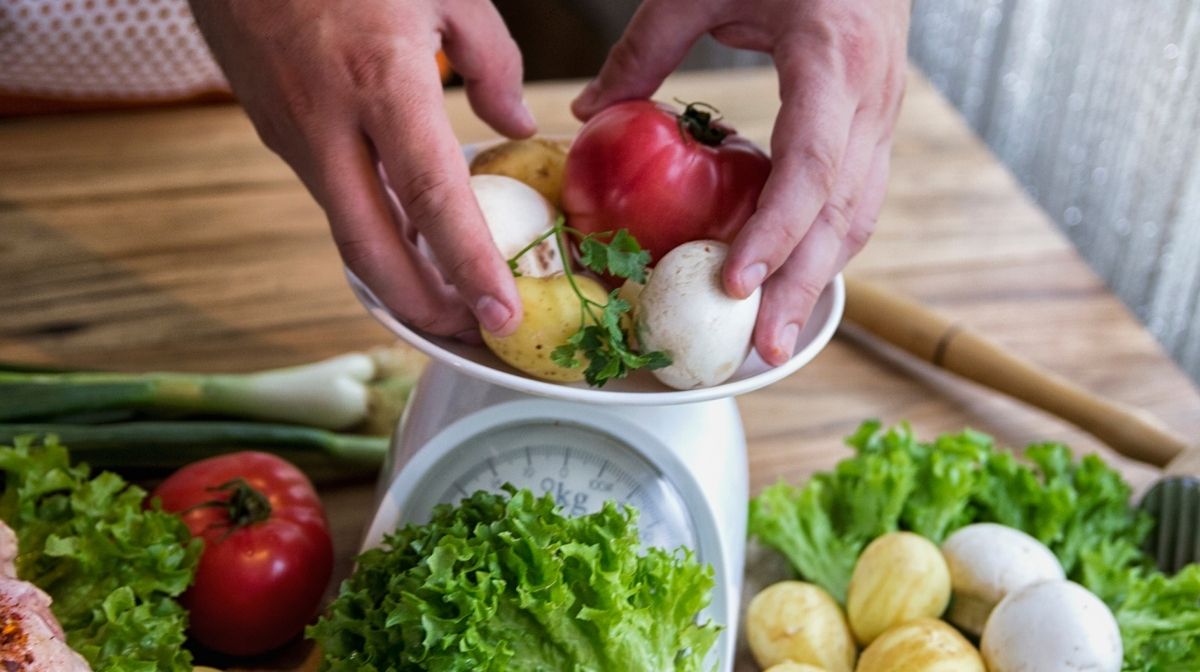
When it comes to foods where there is no standard serving size, such as pasta, meat and oils, using a digital scale to weigh them or even measuring cups to serve your food can help control your portion sizes and calorie intake.
Calculate Your Portion Sizes
If you can’t measure out the exact portions yourself, try calculating them instead. Portion sizes should be calculated based on the number of calories you plan to consume in a day.
Once you know your allotted daily calorie intake, you can plan your portions accordingly. It’s as simple as calculating how much of a certain food you can eat within that limit.
There’s no one-size-fits-all approach when it comes to determining the right number of portions for you, because there are a range of factors, such as age, gender, height, activity level and your current weight that need to be considered. To help determine what and, importantly, exactly how much you should be eating each day, consider using a weight maintenance calculator where you can monitor what you eat and do throughout the day.
Use Portion Control Plates
Using visual representations is another great way to learn now to determine portion sizes, as you can see exactly what you should be consuming. One way this can be done is by using a divided plate or lunchbox to help you separate your foods into the correct portions.
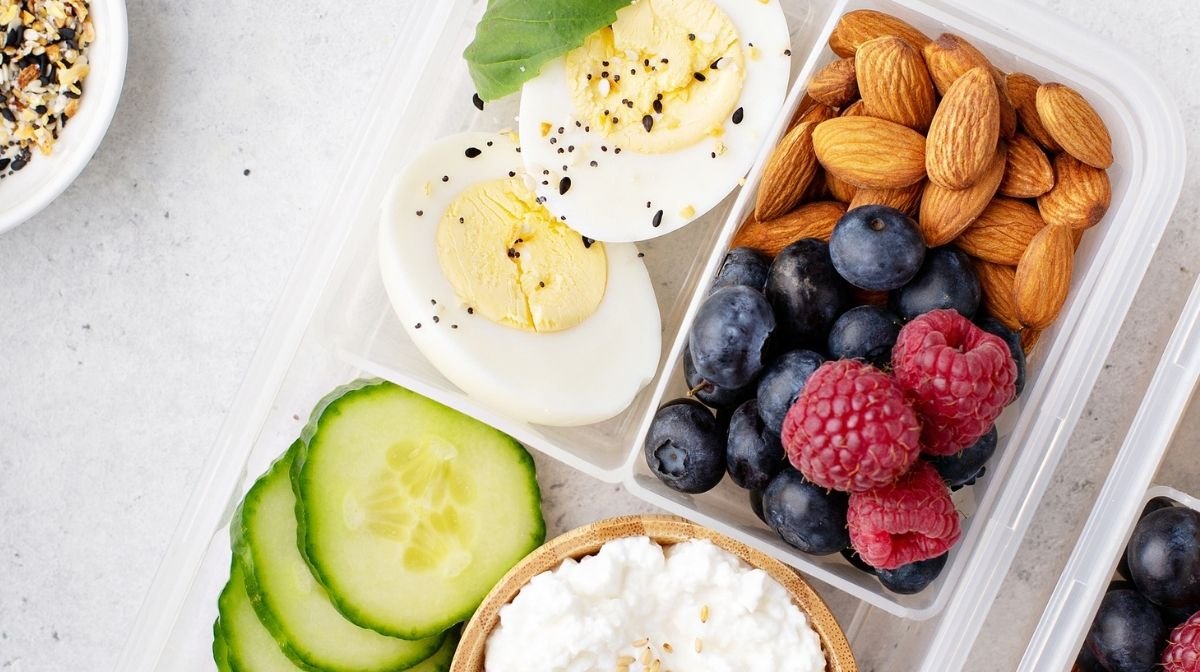
The general rules of thumb for your main meals are as follows:
- ½ of your plate or more should be made up of salad or non-starchy vegetables
- ¼ of your plate should be a lean protein source such as poultry, fish or low-fat dairy products
- ¼ of your plate should be complex carbs, such as whole grain bread, rice or pasta
If you don’t want to invest in a divided plate, instead try eating from smaller bowls and plates. Using smaller dishes can make your portions look more substantial, as there’ll be little to no empty space. In contrast, eating from a large plate can make all your portions appear very small, leaving you feeling like you’ve not had much to eat.
The OPTIFAST Maintenance Plan
The OPTIFAST Maintenance Plan has been specifically designed to help you keep the weight off and stay at your desired body weight. On this plan, your total calorie intake should be between 1,400-1,700 calories a day. You’ll choose 1-2 OPTIFAST products per day, while the rest of your meals and snacks will be controlled portion sizes of conventional foods.
